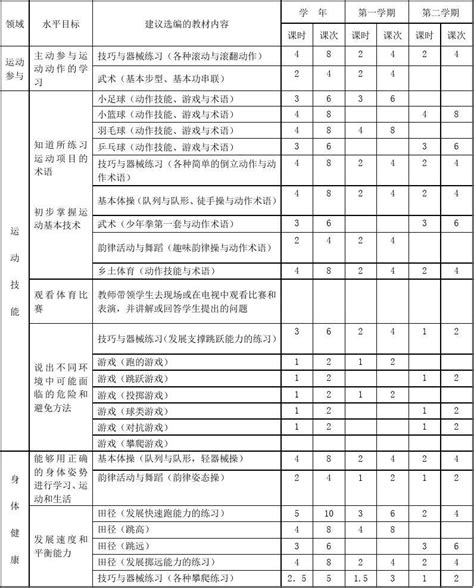College physical education (PE) courses play a crucial role in promoting students' physical fitness, overall wellbeing, and fostering a healthy lifestyle. These courses encompass a variety of activities aimed at improving physical health, developing motor skills, and promoting social interaction. Understanding the requirements for college PE courses is essential for students to make the most of their educational experience.
Students typically have a range of options when selecting PE courses, including team sports, individual activities, fitness classes, and outdoor recreation. It's important for students to choose courses that align with their interests, fitness levels, and goals. For instance, those interested in team dynamics may opt for sports like basketball or soccer, while others may prefer activities such as yoga or swimming for stress relief and flexibility improvement.

Active participation is usually a key component of college PE courses. Regular attendance and engagement in class activities, whether they be group exercises, skill drills, or fitness assessments, are often required to earn credit. Consistent participation not only contributes to physical improvement but also enhances teamwork, discipline, and time management skills.
Many college PE courses include fitness assessments to measure students' physical capabilities and track progress throughout the semester. These assessments may involve components such as cardiovascular endurance, muscular strength and endurance, flexibility, and body composition. Understanding individual fitness levels can help tailor exercise programs and set achievable goals.
In addition to physical fitness, PE courses often focus on skill development in specific activities. Whether it's learning proper techniques for a particular sport, mastering fundamental movements, or refining coordination and agility, students have the opportunity to enhance their abilities under the guidance of qualified instructors. Skill development fosters confidence and competence in various physical activities.
Many college PE programs integrate health education components to educate students about the principles of exercise science, nutrition, injury prevention, and overall wellness. Understanding the importance of balanced nutrition, safe exercise practices, and the effects of lifestyle choices on health empowers students to make informed decisions and adopt sustainable habits for lifelong wellbeing.
Participation in college PE courses provides opportunities for peer interaction, teamwork, and communication. Whether through team sports, group fitness classes, or partner exercises, students learn to collaborate, communicate effectively, and support one another in achieving common goals. These interpersonal skills are valuable not only in sports and fitness settings but also in academic and professional contexts.
Effective PE instructors offer personalized feedback and support to help students improve their performance and overcome challenges. Whether through oneonone coaching sessions, group discussions, or written evaluations, constructive feedback enhances learning and encourages continuous improvement. Instructors may also provide resources and guidance for students to pursue independent fitness goals outside of class.
College physical education courses encompass a diverse range of activities aimed at promoting physical fitness, skill development, and overall wellbeing. By understanding and fulfilling the requirements of these courses, students can reap the benefits of improved health, enhanced skills, and valuable life lessons. Active participation, engagement, and a commitment to personal growth are key to maximizing the educational value of college PE programs.
American College of Sports Medicine. (2014). ACSM's guidelines for exercise testing and prescription.
National Association for Sport and Physical Education. (2009). Moving into the future: National standards for physical education.
Sallis, J. F., McKenzie, T. L., Beets, M. W., Beighle, A., & Erwin, H. (2012). Physical education's role in public health: Steps forward and backward over 20 years and HOPE for the future. Research quarterly for exercise and sport, 83(2), 125135.